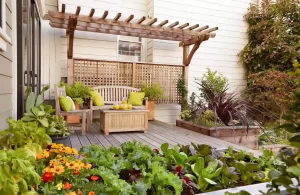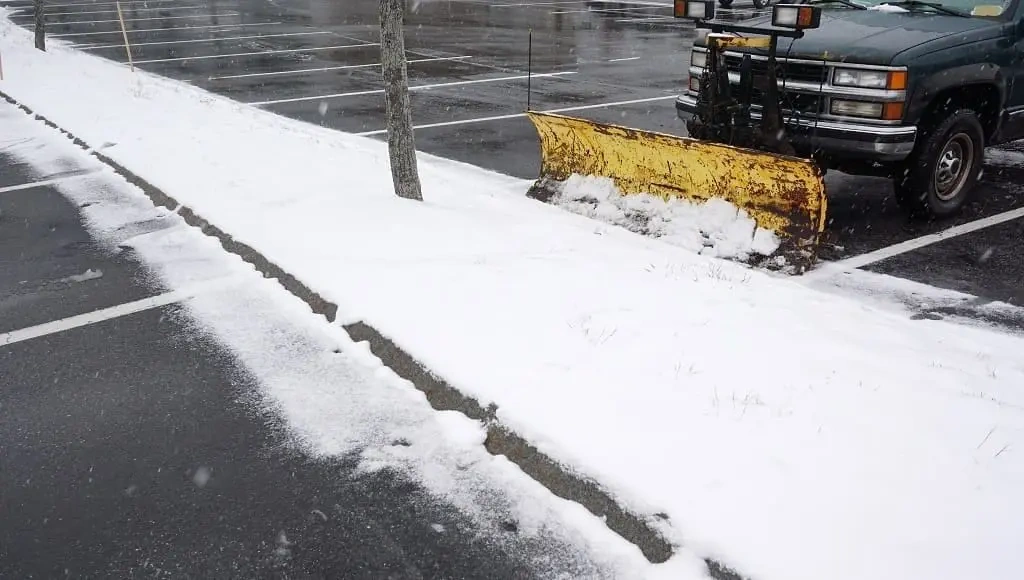Enhance small outdoor areas by going vertical with gardens and versatile furniture. Use smart lighting and adaptable features for usability. Place seating at the center and add charm with trellises. Opt for sturdy succulents and mix textures for impact. Regular maintenance like watering, pruning, and pest control is crucial for lasting appeal. Discover more insights to elevate your landscaping ideas for small outdoor spaces.
Key Takeaways
Incorporate vertical gardens for space optimization and visual interest.
Use versatile furniture to maximize functionality and flexibility.
Introduce strategic lighting for ambiance and extended use.
Utilize modular elements for adaptable layouts and storage solutions.
Add pops of color for charm and personality in small outdoor spaces.
Understanding Small Outdoor Spaces
In grasping the essence of tiny outdoor areas, it is essential to investigate the complexities of spatial optimization and imaginative utilization. Small outdoor spaces present unique challenges that demand thoughtful planning and creative solutions. Understanding the dynamics of these areas involves maximizing every square inch through strategic placement of elements and original design choices. By embracing the limitations as opportunities, one can transform even the smallest space into a charming oasis.

Creative Design Solutions
Creating creative and functional design solutions is essential to optimizing the potential of limited outdoor areas. Incorporating vertical gardens, versatile furniture, and strategic lighting can transform a small space into a cozy oasis. Utilizing modular elements like raised planters or retractable furniture allows for flexibility and adaptability. Introducing pops of color through vibrant cushions or planters can add personality and charm to the outdoor setting, nurturing a sense of belonging and uniqueness.
Functional Elements Placement
Improving the functionality of small outdoor areas involves strategic positioning of important elements to maximize both space utilization and visual attractiveness. Placing seating areas near the center creates a cozy atmosphere, while incorporating vertical elements like trellises and hanging plants optimizes vertical space. Utilizing versatile furniture and storage solutions guarantees practicality without compromising style. Thoughtful placement of lighting fixtures improves ambiance and extends outdoor enjoyment into the evening.
Optimal Plant Selection
Optimizing outdoor spaces with carefully selected plant varieties improves both the aesthetic appeal and functionality of small landscaping areas. Choose plants that suit the space’s light conditions and size, like miniature shrubs, decorative grasses, and compact perennials. Incorporating a mix of textures and colors will create visual interest, while low-maintenance options such as succulents or indigenous plants can thrive with minimal care, enhancing the overall appeal of the space.

Maintenance Tips for Longevity
To guarantee the lasting beauty and functionality of your small outdoor space, implementing a consistent and strategic maintenance routine is vital. Regular tasks such as watering, pruning, weeding, and fertilizing are necessary for the longevity of your landscaping. Moreover, keeping an eye out for pests and diseases, and addressing any issues without delay, will help preserve the health and vibrancy of your outdoor oasis.
Frequently Asked Questions
How Can Web Designers Incorporate Landscaping Ideas for Small Outdoor Spaces Into Their Design Projects?
Web designers can enrich their projects by integrating landscaping ideas for small outdoor spaces. Incorporate elements like greenery, outdoor seating, and natural textures into web design, creating a harmonious blend of digital and natural environments that engage users on a sensory level.
What Are Some Innovative Ways to Maximize Functionality in Small Outdoor Spaces Through Landscaping?
Creative ways to optimize functionality in petite outdoor areas through landscaping include vertical gardens for conserving space, versatile furniture like storage benches, establishing zones for dining and relaxation, using mirrors to amplify the sense of space, and integrating smart lighting solutions for ambiance.
How Should Functional Elements Be Strategically Placed in Small Outdoor Spaces to Enhance the Overall Design?
Functional elements in small outdoor spaces should be strategically placed to optimize design. Consider the flow of movement, focal points, and dual-purpose items like benches with storage. Balance aesthetics with functionality to create a harmonious and efficient outdoor area.
What Are Some Key Factors to Consider When Selecting Plants for Small Outdoor Spaces?
When choosing flora for diminutive outdoor areas, take into account aspects like dimensions, sunlight needs, care necessities, and overall style preference. Choose petite types, vertical horticulture solutions, and flora that provide multi-season allure to enhance usability and visual charm.
What Maintenance Tips Can Help Ensure the Longevity of Landscaping in Small Outdoor Spaces?
To guarantee the longevity of landscaping in small outdoor spaces, it’s crucial to implement regular maintenance practices such as watering plants adequately, pruning when necessary, removing weeds promptly, fertilizing appropriately, and monitoring for pests and diseases.
Conclusion
In wrapping up, the integration of landscaping and web design principles offers a plethora of creative solutions for maximizing functionality in small outdoor spaces. By carefully considering layout efficiency, strategic design techniques, appropriate plant selection, and maintenance tips, professionals can transform limited areas into inviting and harmonious environments. Embracing these landscaping ideas not only enriches the visual appeal of outdoor spaces but also nurtures a deeper understanding of spatial optimization, a valuable asset for any designer tackling the challenges of confined landscapes.
Also read: Latest Trends in Outdoor Living Spaces With Online Aesthetics


